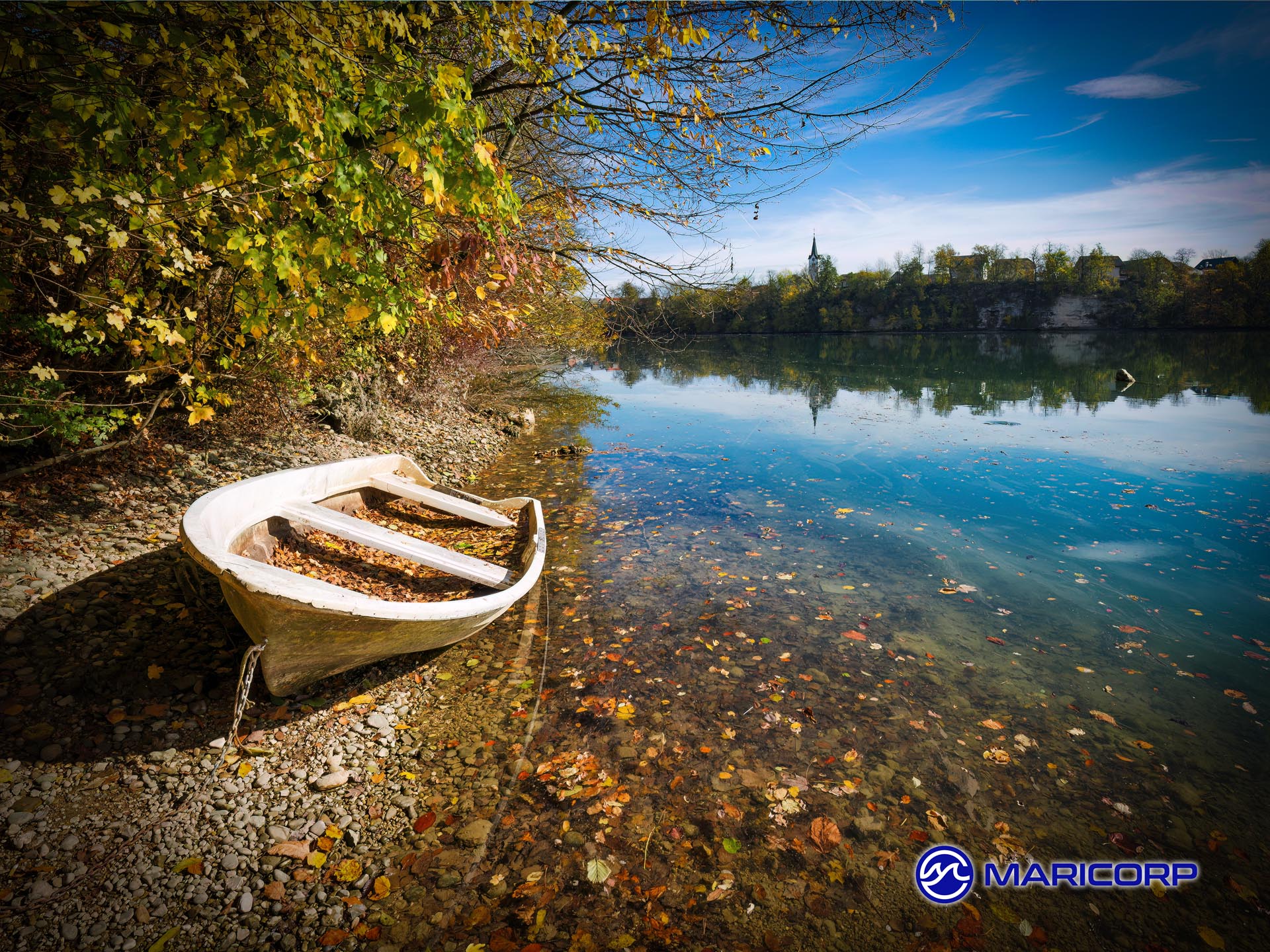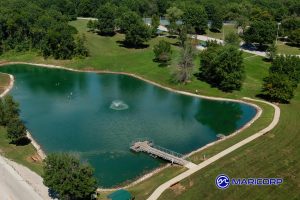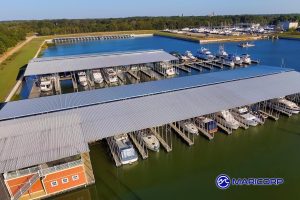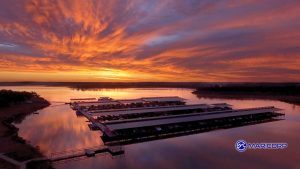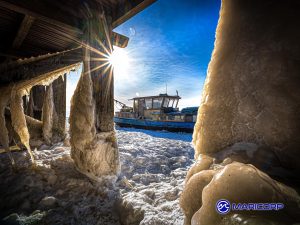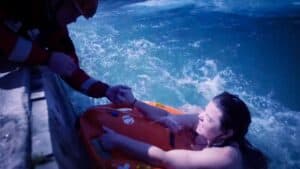Stay Safe on the Water: Fall Boating Safety for a Smooth Autumn Season
Fall can be one of the most beautiful and rewarding times to be on the water. The crowds thin after Labor Day, the air becomes crisp, and foliage bursts into color. Yet beautiful weather doesn’t always mean safe conditions. In fact, as the season turns, that illusion can be dangerous. That’s why fall boating safety deserves more attention now.
Many marinas and recreational boaters see autumn as a transition—focusing on storage, cleaning, and winterizing. But there’s still a solid window for safe, enjoyable outings. Whether it’s a final family cruise, a peaceful solo ride, or late-season fishing, the right precautions make all the difference.
When discussing safety, the first change to notice is daylight. Temperatures are cooler and nights arrive sooner. A 6 p.m. departure that in summer would still enjoy sunshine might now be navigating in near-darkness. Ensuring functioning navigation lights, carrying spare batteries, and having a paper chart as backup are essential—especially since electronics can fail unexpectedly.
Staying warm is more than comfort. In chillier air, boats can feel like wind tunnels—even on calm days. It’s critical to layer effectively: use moisture-wicking base layers, waterproof mid-layers, and bring spare dry clothing. Hypothermia doesn’t wait for sunset, and a fall into cold water requires immediate warmth and flotation.
Which brings us to cold-water dangers. Many underestimate how quickly immersion can incapacitate even strong swimmers. NWS officials highlight that sudden immersion in 50–60°F (10–15°C) water can trigger cold shock, causing involuntary gasping, rapid breathing, and heightened heart rate. Left unaddressed, these reactions can lead to incapacitation or drowning—even in calm waters. That’s why properly fitted, Coast Guard-approved life jackets are more than required—they can save lives. The US Coast Guard estimates that 80 percent of boating fatalities could be prevented with life jackets.
Moreover, cold water immersion can lead to swim failure within minutes. California’s boating agency recommends immediate flotation and calm breathing to survive the initial shock, tension, and hypothermia that follow (PDF). Visual reminders and brochures installed at docks or put into customer emails can help reinforce these messages.
Fall also introduces fewer boats on the water. If a boater requires help, rescue may take longer. That’s why filing a trip plan—even for nearby destinations—is as critical in late fall as it is in early season rushes. Let someone ashore know your route and expected return time.
Another overlooked hazard is visibility. Fog and mist are more frequent as waters cool. Visibility becomes poor fast, making radar reflectors or sound signals valuable tools. Stay extra vigilant and reduce speed when conditions worsen.
Debris is no small issue either. Leaves, logs, or branches drift into navigation channels with every heavy rain or gusty wind. Early fall brings particularly woody debris near shorelines. It pays to approach slowly, especially after storms.
Fall weather can turn suddenly. Cold fronts can sweep in, winds rise unexpectedly, and lakes may stir fast. Reliable marine weather apps—paired with radar checks—are better safety tools now than ever. The National Weather Service advises boaters to use NOAA Weather Radio and stay alert to incoming changes.
Marinas can lead by example. Place gentle signage by ramps reminding guests to dress for water, test PFDs, and file a float plan. Promote fall checklists via newsletters or social media posts—highlighting the drop in temperature, earlier dark, and cold shock risks.
Maintenance matters too. In September and early October, running checks on systems such as bilge pumps, steering, and lighting can save frustration later in cold months when service providers get booked fast.
For marinas offering fishing or paddle services, caution signs should emphasize wearable PFDs—even for experienced swimmers. Oregon officials cautioned boaters that warm air doesn’t equate to safe water temperatures and many accidents happened where used life jackets would’ve made the difference.
Even single-minded fun—like fish feeds or sunset bloats—become riskier as fatigue and distraction increase. Visibility drops, gear shifts, and colder winds elevate the consequences of small errors.
Alcohol deserves attention too. Fall celebrations and cool evenings might tempt early indulgence, but cold exposure increases its impairing effects. Sobriety stays essential.
No, safety isn’t about killing the fun. It’s about practicing intentionality. Keep safety as your silent co-captain, and fall outings can be the most peaceful and memorable of the year. As things quiet by the dock, stay alert, stay warm, and the waters will reward you.
Additional Safety Related Articles:
- Slip Trip and Fall Prevention Tips
- Operational Marina Safety Planning
- June is National Safety Month
- Springtime Boat Safety Checklist
- Choosing a Life Jacket – the First Step to Boating Safety
- 5 Marina Safety Programs & Tips
- National Safe Boating Week
- 10 Family Boating Safety Tips
*Sign up for our free newsletter “Marina Management Journal” so you can stay up to date
About MariCorp
Maricorp is one of the largest floating boat dock manufacturing and construction companies in the United States, specializing in galvanized steel floating docks and boat lift systems. With projects spanning coast-to-coast, Maricorp provides marina consultation and design, marine construction, marina repair and renovation, and boat dock disaster response and demolition.


